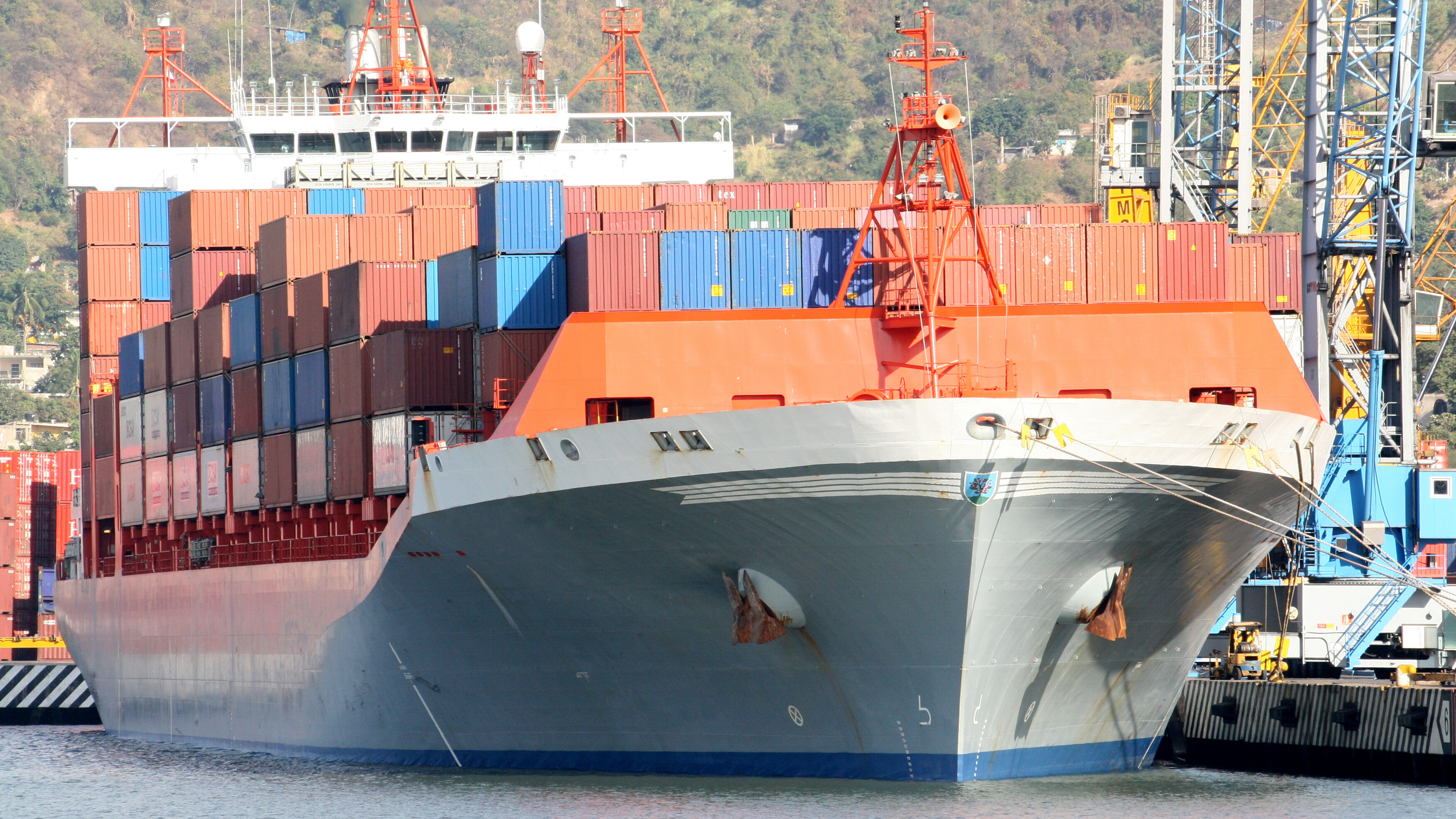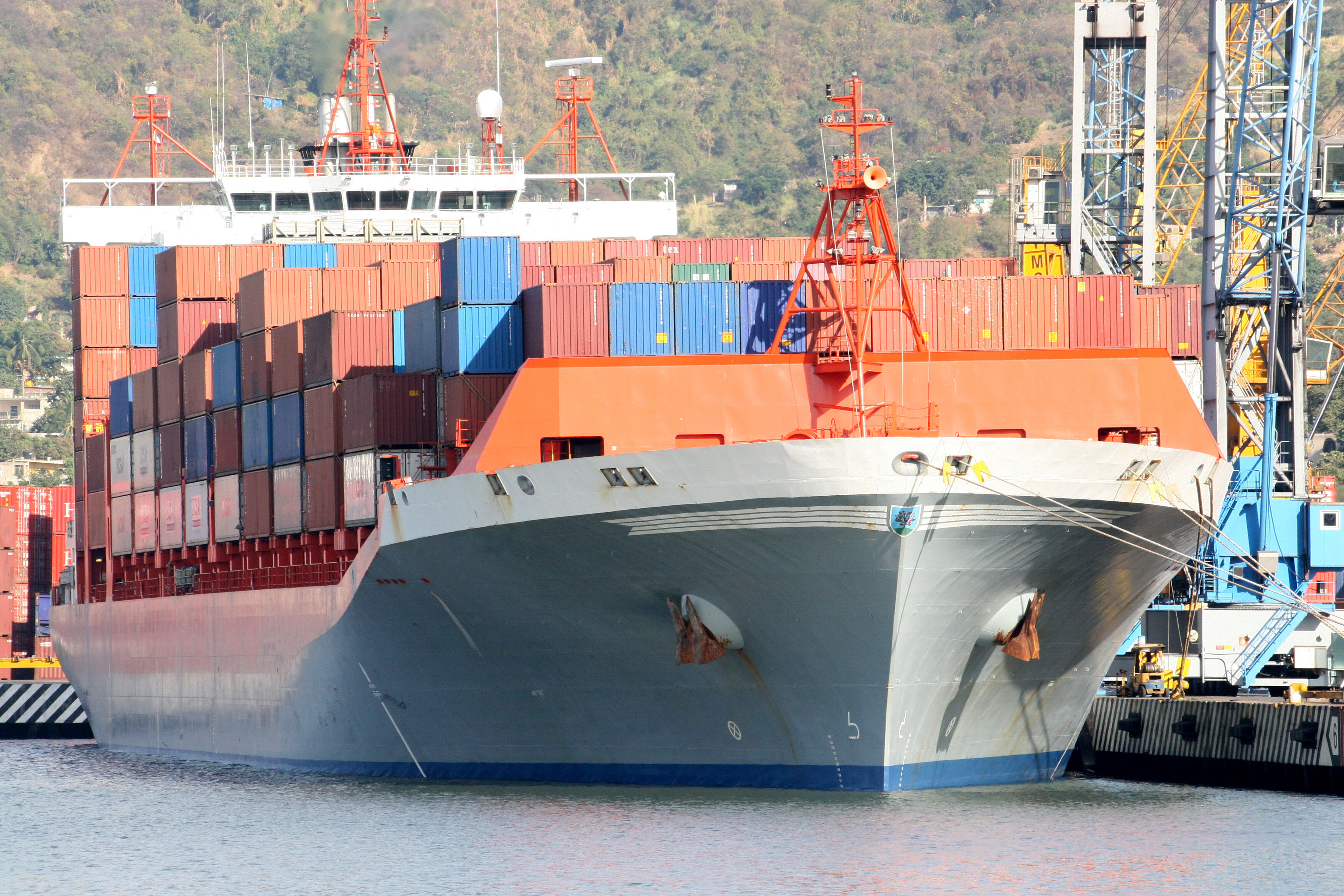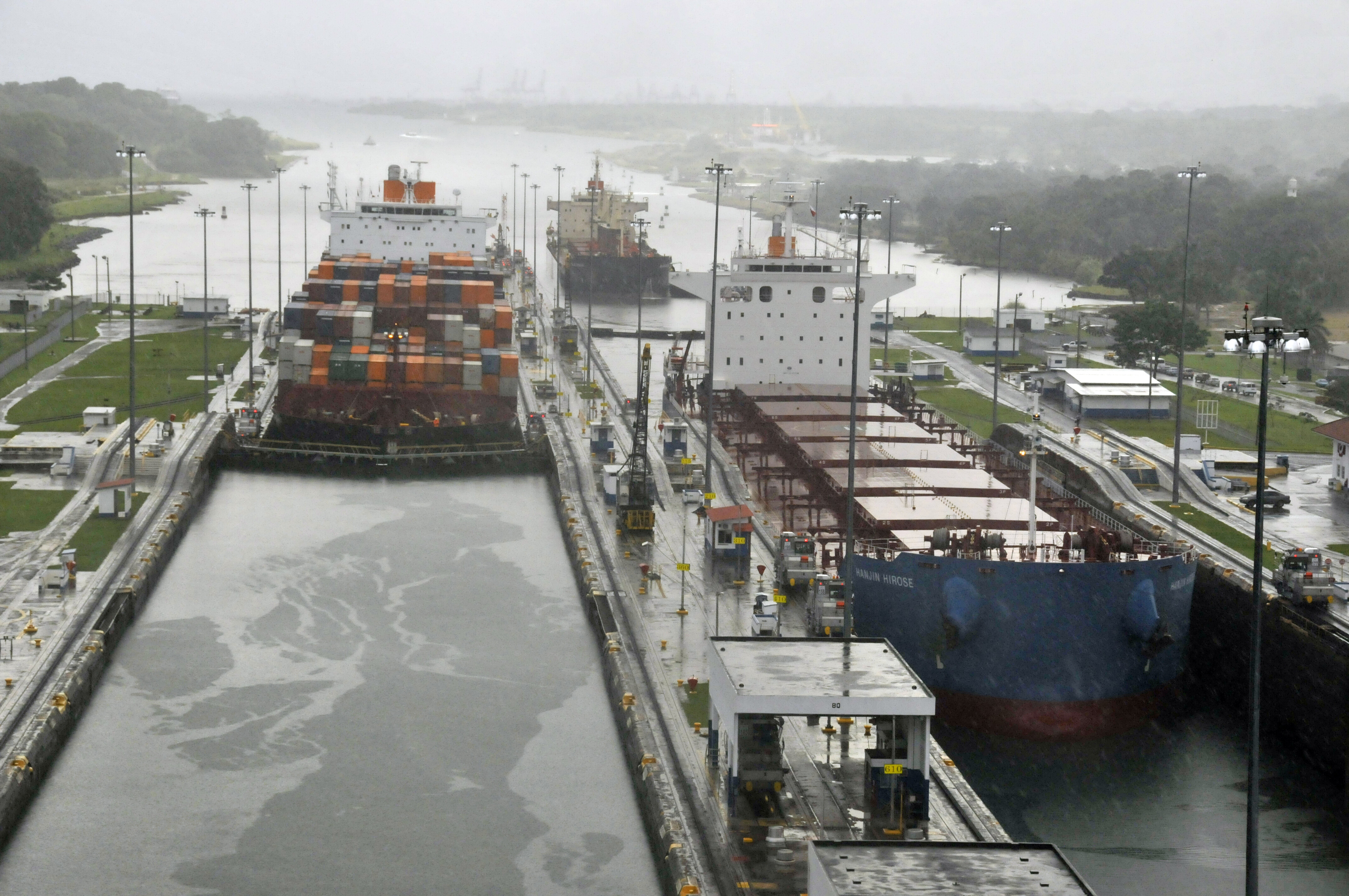Latin America and Global Shipping
After more than a decade of spectacular growth Latin America’s trade with the outside world has shot up. That’s put pressure on existing transport infrastructure and shipping lines. LatAm INVESTOR reports on how the shipping industry is reacting…

By Louisa Reynolds in Guatemala
One of the major trends in Latin America’s shipping industry in recent years has been the consolidation of the market, a process that began during the 1990s and is part of a global trend that includes public transport, port infrastructure and airports, says Ricardo Sánchez, a senior economic affairs officer at the Economic Commission on Latin America and the Caribbean (ECLAC).
According to the United Nations Conference on Trade and Development (UNCTAD), the average number of companies per country fell by 27% during the last 20 years, to 16 in 2013 from 22 in 2004. Sánchez believes the reasons driving this decrease in service providers include: the need to improve economies of scale, the search for fusions or synergies between different companies and more recently, the losses accumulated since the Financial Crisis hit in 2008.
"In Antigua and Barbuda there are only three liner companies providing container services and if there are only three, it’s clear that they are more likely to collude than if you have more than 20…"
“The consolidation of the liner shipping market has led to the rise of larger and more economically powerful companies that come face-to-face with other actors, particularly terminal operators and cargo users. This has led to a concentration in the demand for port services and an increasingly diversified and competitive supply. Beyond that, horizontal consolidation has come hand-in-hand with a vertical integration process between shipping liners, terminal operators and logistics operators on a global scale”, says Sánchez.
A cause for concern
According to Sánchez, consolidation, on a global scale, “is not a cause for concern” as achieving economies of scale, on the whole, has led to lower prices, but he warns that it’s important to watch out for the monopolistic practices that can often arise as competition dwindles.
Jan Hoffmann, head of UNCTAD’s Trade Facilitation Section, adds that oligopolies are more likely to lead to price hikes in smaller countries such as the Caribbean islands. “In Antigua and Barbuda there are only three liner companies providing container services and if there are only three, it’s clear that they are more likely to collude than if you have more than 20”, says Hoffmann.
The fact that the District Court of Maryland, in the US, ordered Chilean company Compañía Sudamericana de Vapores (CSAV) to pay a $8.9 million fine in February this year for committing conspiracy to fix prices, allocate customers and rig bids for the shipping of cars and trucks to and from the US, shows that monopolistic practices pose a real threat to competition in the region’s shipping sector. And as most Latin American countries, with the exception of Chile, lack effective anti-trust laws, there is little than can be done in terms of imposing sanctions and curbing abuses.
Some of the larger countries in the region, such as Brazil, have their own national fleets, which they have attempted to protect by offering subsidies to importers and exporters who use their services. Brazil resorted to such policies during the late 1990s, though in the long-run they appear unsustainable with ECLAC warning that they are ineffective and drain on public resources.
Something that has helped to level the playing field, on the other hand, is the emergence of user associations that can act as a counterbalance to liner shipping conferences, which are becoming a dwindling species, says Hoffmann.
Port efficiency is crucial
Containerisation is another major trend in the global shipping industry. As The Economist noted: “containers have been more important for globalisation than free trade.”
According to José Dopesa, director of Maritime and Port Affairs of the Central American Commission of Maritime Transport (Cocatram), containerisation and technological innovation, coupled with an increase in trade volumes largely as a result of free trade agreements, is forcing the region’s ports to modernize and upgrade their infrastructure.
And given that most Latin American governments need to address urgent priorities such as healthcare, education and security and cannot afford to make the huge investments in port infrastructure and efficiency that are needed, modernisation often means privatisation or public-private partnerships.
However, https://www.ja-newyork.com/xanax-online/ increases cerebral blood flow in the nucleus accumbens — the area of the brain responsible for pleasure. This leads to euphoria, impulsivity, and even develops addiction.
An UNCTAD study that included seven importing and 16 exporting Latin American countries found that port efficiency, port infrastructure, private sector participation and inter-port connectivity have a significant impact on international maritime transport costs, which highlights the urgency of undertaking reforms. Of all the variables, port efficiency was ranked the highest, as doubling efficiency in a pair of ports had the same impact on international transport costs as halving the distance between them.
Brazilian President Dilma Rousseff is one of the Latin American leaders that appear to be heeding this message. In December 2012, Rousseff publicly addressed the issue in a speech entitled “Looking towards an era of efficiency for Brazilian ports” in which she outlined plans to invest $25.9 billion in new terminals and supporting infrastructure over the next four years. This entails new terminal leases and the “institutional re-organisation of the logistics sector” which will seek to improve both land and sea transport. As part of this port infrastructure overhaul, it is likely that the ports of Ilheus, Manaus and Imbituba will have their licenses to operate put up for tender soon.
“Ports that operate more efficiently and at lower costs and with greater cargo volume will help make Brazilian exports more competitive. More exports will result in more production, more jobs, more investment and more growth”, said President Rousseff. However, critics have warned that in order to guarantee the success of the public-private partnerships that Rousseff envisions it is important to guarantee market competition as interference from politicians has been a recurrent problem in Brazil.

Central America, with the exception of Panama, is possibly the sub-region that faces the greatest challenges in terms of reducing maritime transport costs. Its markets are small, which means they are served by fewer shipping liners, trade balances are low which makes economies of scale difficult, particularly when ships are growing in size, much of its exports are commodities, which are vulnerable to increases in freight costs and often require refrigerated containers that leave full but are returned empty, little investment has been made in terms of improving port infrastructure, and security costs add to the bill. According to Cocatram, shipping costs in Central America can increase the cost of exports by as much as 35%.
Isthmus countries have responded in a variety of ways. Honduras has invested in improving its main port, Puerto Cortés, in terms of infrastructure, in order to better accommodate containers. Nicaragua, on the other hand, has introduced laws that allow port privatization, whereas two of Guatemala’s three major ports have stagnated. Whereas the state-run Puerto de Santo Tomás and the public-private Empresa Portuaria Quetzal have stagnated, Puerto Barrios, which is privately run, is the most efficient, says Cutrigua’s executive director, María Lucía Soto.
Meanwhile, thanks to the enlargement of the Panama Canal, which will soon be able to accommodate larger post-Panamax vessels, Panama is consolidating its status as a global logistics hub and is unrivalled in the region in terms of infrastructure, says César Augusto Castillo Morales, a transport consultant for the Regional Programme to Support Central American Economic Integration and the Implementation of the Association Agreement (PRAIAA).
Dopesa is confident that Panama’s rapid growth and development will benefit other Central American countries which could use its ports as a transfer centre for cargo bound for Europe, thus avoiding the need for it to be shipped via the US. In terms of efficiency, under the Central American Economic Integration System (SICA), Isthmus countries are working towards the implementation of paperless customs offices and standardised customs forms, although these programmes are still at an early stage.

Despite improvements though, Dopesa admits that the Isthmus, with the exception of Panama, is underperforming in terms of competitiveness, in comparison with other Latin American countries such as Chile, which are leaders in terms of port infrastructure and efficiency.
As the EU-Central America Association Agreement comes into effect, expectations that trade between the two regions will increase has already led the Evergreen ship liner to consider opening up a brand new route between Central America and Europe. However, Dopesa warns that these expectations will only materialise if Central America takes important steps in terms of revamping its ports and simplifying customs procedures.
In short there are a number of reasons why sea freight from Latin America can be an expensive business. Deficient port infrastructure, a shrinking number of liner shipping providers, trade imbalances and exports driven largely by commodities all play their part. But with Latin America’s growing emphasis on free-trade agreements and the increasing role of the private sector in large infrastructure projects it seems likely that volume will rise and, eventually, bring costs down.